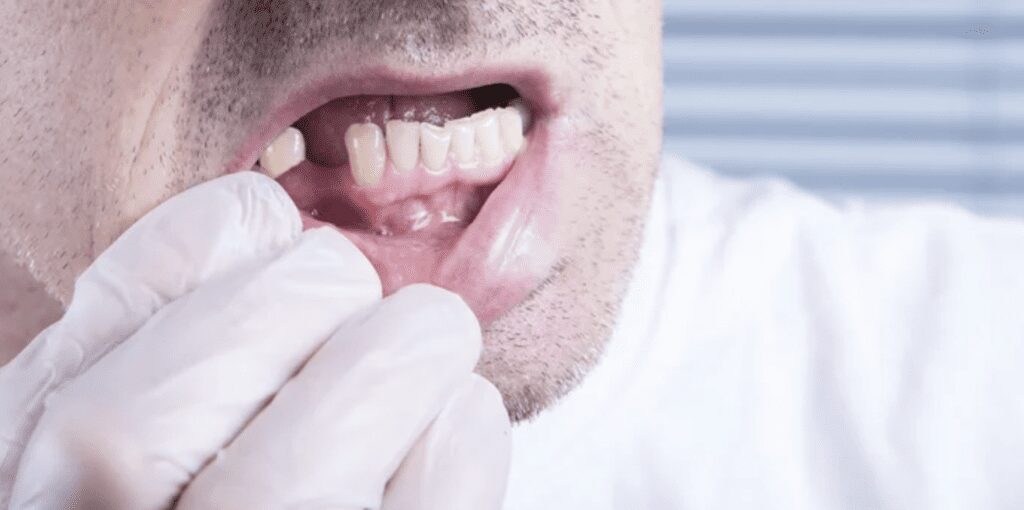Gum disease, also known as periodontal disease, is a common dental problem that affects a significant percentage of the population. It is a bacterial infection that attacks the gums, ligaments, and bones that hold the teeth in place. While it may seem like a relatively minor condition, if left untreated, it can cause serious oral health problems, including tooth loss.
Gum disease begins when plaque, a sticky film of bacteria, builds up on the teeth and gum line. Over time, the bacteria in the plaque can cause inflammation and infection in the gums. This early stage of gum disease is called gingivitis. Symptoms of gingivitis include red, swollen, and bleeding gums, bad breath, and a receding gum line.
Without treatment, gingivitis can progress to periodontitis, a more advanced stage of gum disease. In periodontitis, the infection spreads below the gum line, causing the gums to pull away from the teeth.
This creates pockets between the teeth and gums where more bacteria can grow. As the infection progresses, it can destroy the ligaments and bones that support the teeth, leading to tooth loss.


How Does Gum Disease Cause Tooth Loss?
One of the main reasons gum disease can cause tooth loss is because it weakens the supporting structures of the teeth. As the infection spreads, the gums recede, and the bone and ligaments that hold the teeth in place begin to deteriorate. This can lead to loose teeth that eventually fall out.
Another reason gum disease can cause tooth loss is that it can damage the roots of the teeth. In advanced cases of periodontitis, the bacteria can attack the roots of the teeth, causing them to become weak and brittle. This can cause the teeth to break or fracture, making them more susceptible to falling out.
Finally, gum disease can cause tooth loss by affecting the bite. As the gums recede and the teeth become loose, the bite can become misaligned. This can lead to additional wear and tear on the teeth and cause chewing and speaking problems. In severe cases, it may be necessary to remove the affected teeth to restore proper alignment and function.
How to Prevent Gum Disease
Preventing gum disease is the best way to avoid tooth loss. Good oral hygiene can help keep plaque and bacteria at bay. Brushing and flossing regularly and visiting the dentist for regular cleanings and check-ups help minimize your risk of gum disease. Avoiding tobacco products, eating a healthy diet, and managing stress can also help reduce the risk of gum disease.
If you suspect you may have gum disease, it is vital to seek treatment right away. The earlier the disease is caught, the easier it is to treat.
Treatment for gum disease typically involves deep cleaning the affected areas, removing plaque and tartar from the teeth and gums, and, in more severe cases, surgery to repair damage to the gums and bones.
